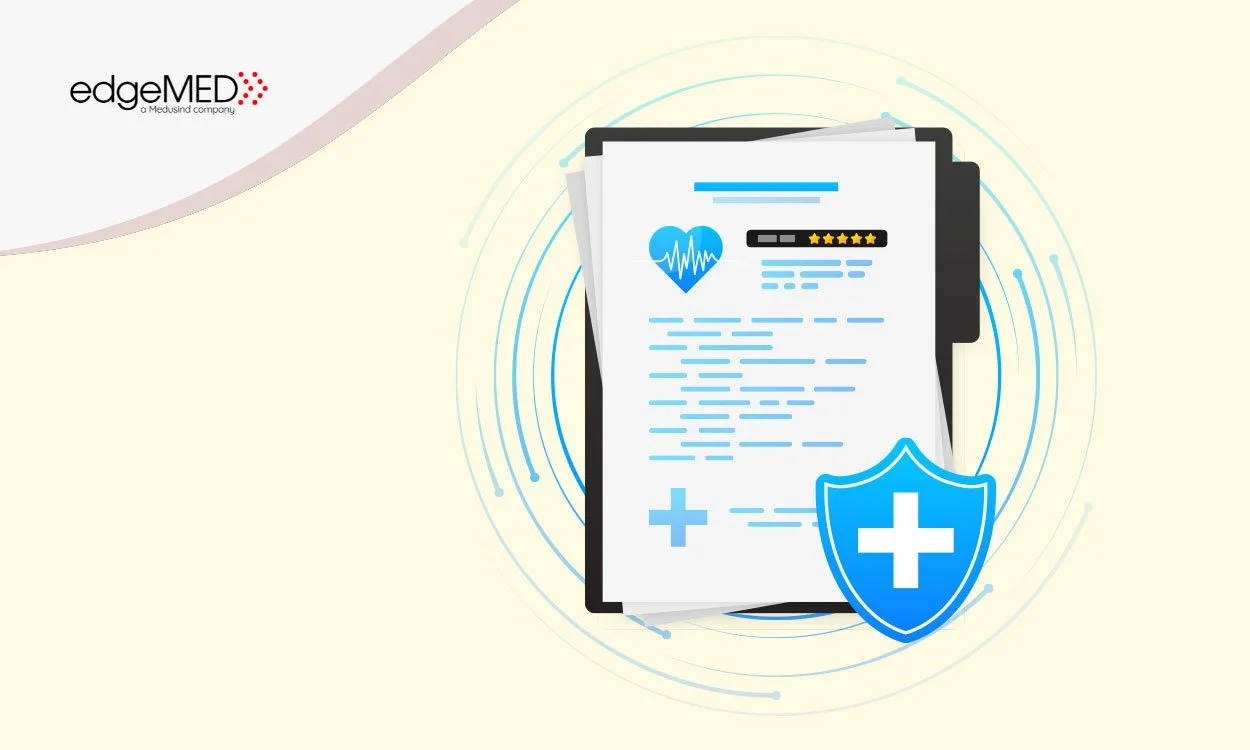Protecting your medical practice from fines and denials: Four ways to avoid upcoding in medical billing
A recent analysis identified a trend toward higher-acuity billing in primary care offices, and while some of the shift may be due to real changes in patient illness due to aging populations, higher rates of chronic illness, and more complex presentations, it could also indicate a tendency for upcoding in medical billing that translates to higher costs for patients and inflates system-wide spending. Between 2018 and 2023, the share of visits coded at higher complexity levels in physician offices increased. More specifically, in a review of established patient evaluation and management (E/M) codes in medical billing (i.e., 99211–99215), researchers found that E/M code 99214 grew from 38.5% to 45.0% while use of less intensive E/M codes in medical billing like 99212 decreased. In addition, all ICD-10-CM chapters saw an increase in high-acuity billing, with particularly large gains for mental health diagnoses in primary care.
All of this begs the question: Is higher-acuity billing justified based on your patient population?
An audit of E/M codes in medical billing will likely reveal some insights and areas of vulnerability to address immediately, but you’ll still need to implement proactive safeguards to prevent upcoding in medical billing. Here are several strategies for assigning E/M codes in medical billing that can help.
1. Take a closer look at documentation templates. Do your EHR templates encourage documentation that overstates the level of service provided and promote upcoding in medical billing? For example, do templates auto-populate exam findings or histories for E/M codes in medical billing? Do they allow providers to select ‘complete exam’ with a single click? Do they allow physicians to copy notes from prior visits but not update those notes? Do they default to high-level medical decision making (MDM)? Do they pre-fill diagnoses, assessments, or orders based on chief complaint or prior visits?
If any of this typically occurs in your medical practice, it’s critical to educate physicians about the importance of customizing each note when assigning E/M codes in medical billing. Also remind them that EHRs may suggest higher-level E/M codes in medical billing based on checkboxes that don’t reflect the actual encounter. Finally, consider asking medical coders to review the templates to ensure they align with documentation and billing best practices and review any physician-selected codes prior to claim submission. All of this can help prevent upcoding in medical billing.
2. Educate physicians even when they say they don’t need it. E/M guidelines underwent a major change in 2021, allowing physicians to assign E/M codes in medical billing based on MDM or time. And although it has been four years, there’s always a chance physicians may not fully understand those changes, nor may they apply them correctly. They may misjudge the complexity of a case or the required documentation for a higher code. For example, they may incorrectly assign E/M code 99215 for a patient with a straightforward cold just because they documented a full review of systems in the template even though the visit only last five minutes and had a low MDM. Help them understand what differentiates level three, four, and five E/M codes in medical billing to avoid upcoding in medical billing. Also remind them that even if the documentation meets coding requirements, if the service wasn’t medically necessary, it still doesn’t justify the higher code. Documentation must clearly reflect this necessity to avoid upcoding in medical billing.
3. Require final physician sign-off on delegated documentation. As medical practices explore the use of artificial intelligence (AI) scribes and ambient listening technology to improve clinical documentation efficiency and reduce burnout, it’s important for physicians to review documentation to ensure it doesn’t accidentally inflate the level of service for E/M codes in medical billing or introduce errors. Equally as important is training medical assistants, nurses, or in-person scribes on how to work with the AI tool and flag issues in documentation. It’s also important to periodically review AI-generated notes for accuracy, compliance with billing rules, and consistency with provider intent. This oversight is critical in terms of assigning accurate E/M codes in medical billing and preventing upcoding in medical billing.
4. Focus on creating a culture of compliance. While practical strategies to address upcoding in medical billing are paramount, it’s also important to step back and look at the larger context in which these strategies for E/M codes in medical billing are deployed. Does your medical practice prioritize accuracy over revenue when assigning E/M codes in medical billing? Does it encourage physicians and staff to report or escalate any suspected upcoding practices? Does it encourage open discussion between physicians and coding/compliance teams about E/M codes in medical billing? All of this ultimately supports coding compliance and revenue integrity and creates an environment in which upcoding in medical billing is far less likely to occur.
Don’t let upcoding in medical billing put your practice at risk
While it may be impossible to eliminate all risk of upcoding in medical billing, it’s certainly feasible to mitigate that risk significantly. The right technology can help you assign accurate E/M codes in medical billing based on actual patient acuity and the work performed. Learn how edgeMED’s unified platform of expert revenue cycle management and intelligent technology helps medical organizations avoid upcoding in medical billing and promote revenue integrity.

